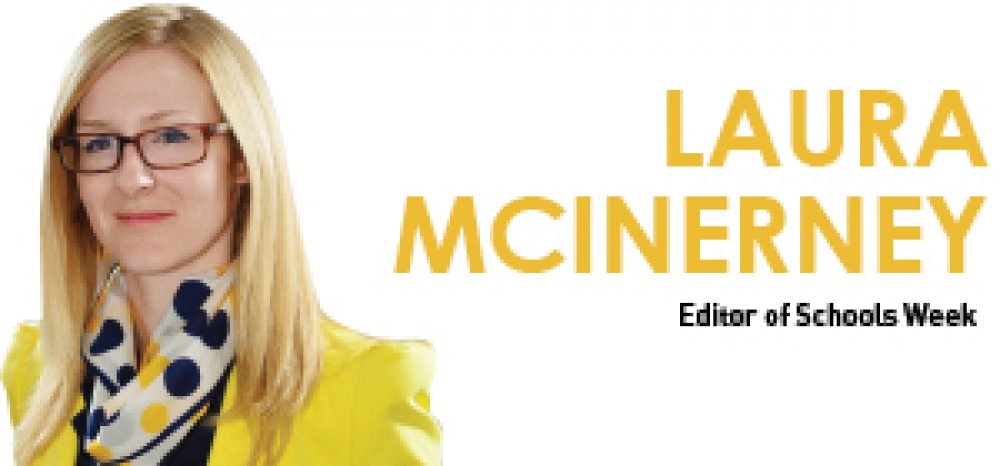Half of my facebook timeline are excited about a £500 Apple Watch; the other half are despairing over news that teachers are spending their own cash to feed, wash and clothe increasingly poor children.
What a world we live in.
When first learning of today’s NAHT survey, and its finding that teachers are paying from their own pocket for children’s lunches and birthday cards, I was unsurprised. Schools have always stepped in when communities struggle. And families fall apart more often than people realise.
In the past I’ve written about pupils who shared trousers, or one who – when her mother died – forwent university because she wanted to help her dad buy a gravestone first.
Poverty has never been gone from our society. There have been no great golden eras. And teachers have always stepped into the breach – from small kindnesses (“here, take this banana, I’ve another in my bag”) through to housing families in the most desperate of times.
Simply stating that this happens wasn’t enough; I implored reporter Sophie Scott to find out more. How do we know beyond this survey that things are worse? What are the consequences?
She duly spent time immersed in malnutrition figures, she spoke to academics about the preponderance of rickets, she asked heads how pupil needs were changing – and if they could show things had got worse. With the help of another reporter she unearthed a credit union so concerned that parents would turn to loan sharks over prom dresses they had asked head teachers to advertise their services.
The evidence on health parameters was mixed. Malnutrition-related illnesses among children do not appear to be getting worse. However figures for malnourished 16 and 17 year olds did increase in the last year that figures are available, and with illness indicators being a lag indicator, I worry this will be a growing trend. Getting rid of educational maintenance allowance may not have put children off studying. It will be a disaster if it instead caused them to go hungry.
Sophie and I discussed food banks – does increased use show a bigger issue for schools? In the end, we didn’t include it. If families are using food banks more, then the natural consequence seemed to be that children wouldn’t be hungry when turning up to school as their appetite was already dealt with. That more families are relying on hand-outs, however, doesn’t seem to be in dispute.
What did convince were the head teachers pointing to newly created additional provision, and the charities that schools have started to support it. In the pre-2010 days of Every Child Matters, services to deal with such issues were typically brought in from across the public sector. Health groups, the police, schools worked together. In the current more-fragmented schools landscape this sort of joint-working is tougher, local government has fewer resources, and charity is having to step in. For those who believe in reducing the role of the state – this is a good thing. For those who worry about postcode lotteries and patchy provision – it’s not.
In either case, what does seem to be true is that while some children today will go hungry – bailed out only by a kindly teacher; others will return home to find a watch worth two weeks of minimum wages all wrapped up in a box.
This is the divided world in which we live, and in which schools must battle to teach.


Your thoughts